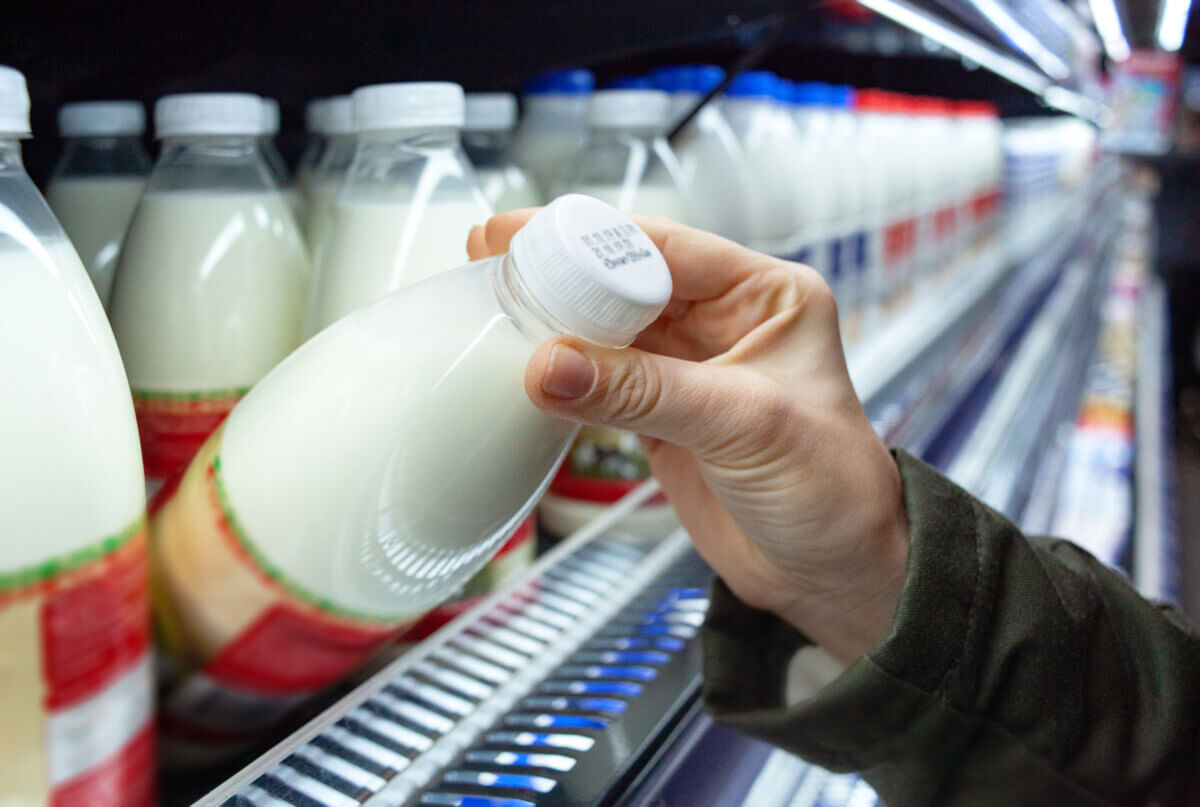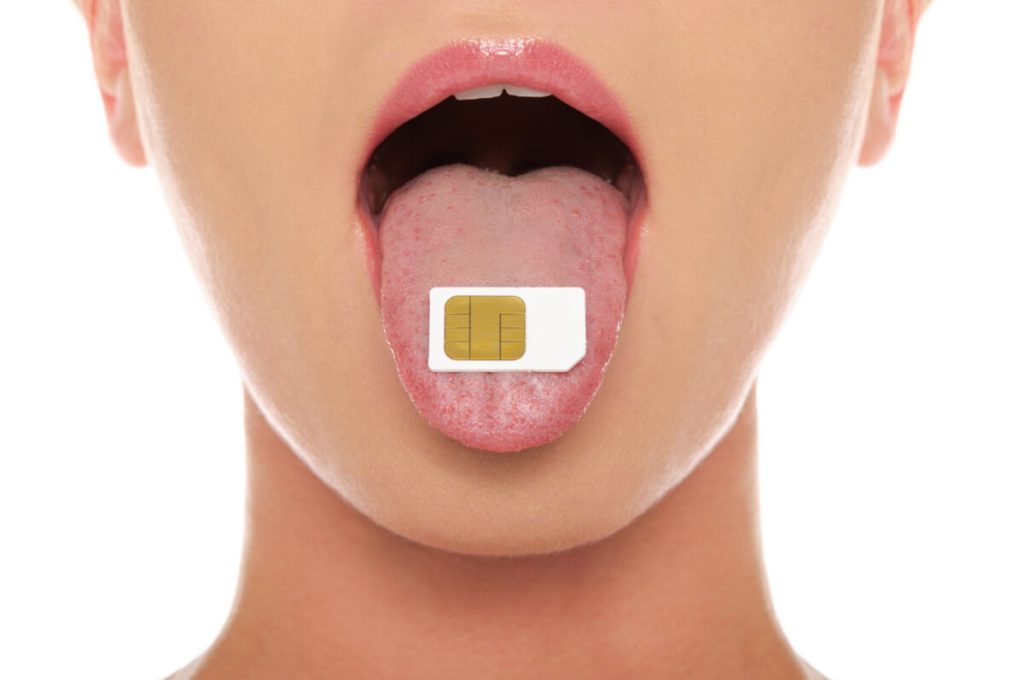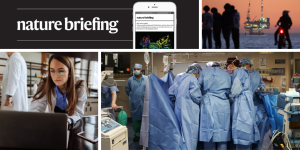

Scientists created a sensor that acts as an ‘electronic tongue’ for food safety testing. (Zametalov/Shutterstock)
Food fraud costs billions — AI sensor could finally stop it
UNIVERSITY PARK, Pa. — Your smartphone can recognize faces, and your car can detect lane markers; now, researchers have taught machines to taste. A team at Penn State University has developed an “electronic tongue” that combines atom-thin sensors with artificial intelligence to detect food fraud, spoilage, and contamination within minutes.
This research, published in Nature, combines two cutting-edge technologies. The team used sensors made from graphene, which is an incredibly thin form of carbon that’s just one atom thick and conducts electricity exceptionally well. They paired these sensors with artificial intelligence that can learn patterns. Together, this creates a system that’s remarkably good at detecting tiny differences between similar liquids.
The system mimics how humans taste and process flavors. Just as our tongues have taste receptors that send signals to our brain’s gustatory cortex — the region responsible for interpreting tastes beyond the basic categories of sweet, sour, bitter, salty, and savory — this electronic tongue uses sensors that send electrical signals to an artificial neural network that analyzes the data.
Traditional food testing requires expensive laboratory equipment and time-consuming analysis. However, this new system can detect various substances and assess their quality, authenticity, and freshness in about a minute. The sensors work like electronic taste buds, producing electrical signals that change when exposed to different chemical solutions.


Saptarshi Das Lab/Penn State)
What makes this system particularly innovative is its ability to learn and improve on human expertise. When researchers allowed the artificial intelligence to define its own parameters for analysis rather than using human-selected metrics, accuracy improved from 80% to more than 95%. Using a technique called Shapley additive explanations, the team could even peek into the AI’s decision-making process, offering a rare glimpse into how artificial intelligence reaches its conclusions.
“We found that the network looked at more subtle characteristics in the data—things we, as humans, struggle to define properly,” says corresponding author Saptarshi Das, in a statement. “In terms of the milk, the neural network can determine the varying water content of the milk and, in that context, determine if any indicators of degradation are meaningful enough to be considered a food safety issue.”
The system proved remarkably effective at detecting watered-down milk at concentrations as low as 5%, distinguishing between different types of coffee blends, and tracking fruit juice freshness over several days. In one impressive demonstration, it differentiated between similar products like regular Coke, Diet Coke, Pepsi, caffeine-free Coke, and zero-sugar Coke with over 97% accuracy.
What’s amazing is this system doesn’t need perfectly identical sensors to work well. The AI is smart enough to adjust for small differences between sensors, much like our brains can adjust to slight variations in taste buds. This makes the technology much cheaper to produce in large quantities since manufacturers don’t need to worry about making every sensor exactly the same.


The system is incredibly sensitive at detecting harmful chemicals in food and water. To put this in perspective, it can find a potentially dangerous compound called perfluorohexanoic acid (a chemical used in manufacturing that can contaminate food and water) at levels equivalent to detecting a single drop in an Olympic-sized swimming pool—that’s 2.5 parts per billion. This ultra-sensitive detection ability could help catch contaminated food and water before it reaches consumers.
These results extend far beyond food testing, though. According to the researchers, its applications could potentially include medical diagnostics, with its capabilities limited only by the data used to train it.
This “electronic tongue” represents a significant step toward making sophisticated chemical testing more accessible and reliable. By embracing imperfection in the sensors while leveraging artificial intelligence, the researchers have created a system that could fundamentally change how we verify food safety and authenticity.
Paper Summary
Methodology
The researchers developed a graphene-based ion-sensitive field-effect transistor (ISFET) connected to an artificial neural network. Unlike traditional sensors that require specific components to detect different chemicals, this system uses non-functionalized sensors capable of detecting various substances. The neural network was initially trained using 20 specific parameters related to how sample liquids interact with the sensor’s electrical properties. Later, the system was allowed to develop its own parameters from raw sensor data, leading to significantly improved accuracy.
Results
The electronic tongue achieved over 95% accuracy when using machine-derived parameters, compared to 80% accuracy with human-selected parameters. It could identify watered-down milk, differentiate between similar beverages, assess coffee blend types, and monitor fruit juice freshness over time. The system could make these determinations in approximately one minute, providing rapid results compared to traditional laboratory testing methods.
Limitations
While the system shows promise, its capabilities are currently limited by its training data. The study focused primarily on liquid samples, leaving questions about its effectiveness with solid foods. Additionally, while the system can detect various substances, it must be specifically trained for each new application.
Discussion and Takeaways
The research demonstrates that imperfect sensors, combined with sophisticated AI, can produce highly accurate results for food testing applications. The system’s ability to learn and identify subtle characteristics that humans struggle to define suggests potential applications beyond food safety, including medical diagnostics. The technology’s tolerance for manufacturing variations could make it more commercially viable than previous sensor technologies.
Funding and Disclosures
The work was supported by a Space Technology Graduate Research Opportunities grant from NASA. The research team included members from Penn State’s Department of Engineering Science and Mechanics and NASA Goddard Space Flight Center.
Publication Information
Published in Nature, Volume 634, October 17, 2024, pages 572-578. Authors include Andrew Pannone, Aditya Raj, Harikrishnan Ravichandran, Sarbashis Das, Ziheng Chen, Collin A. Price, Mahmooda Sultana, and Saptarshi Das from Penn State University and NASA Goddard Space Flight Center.








